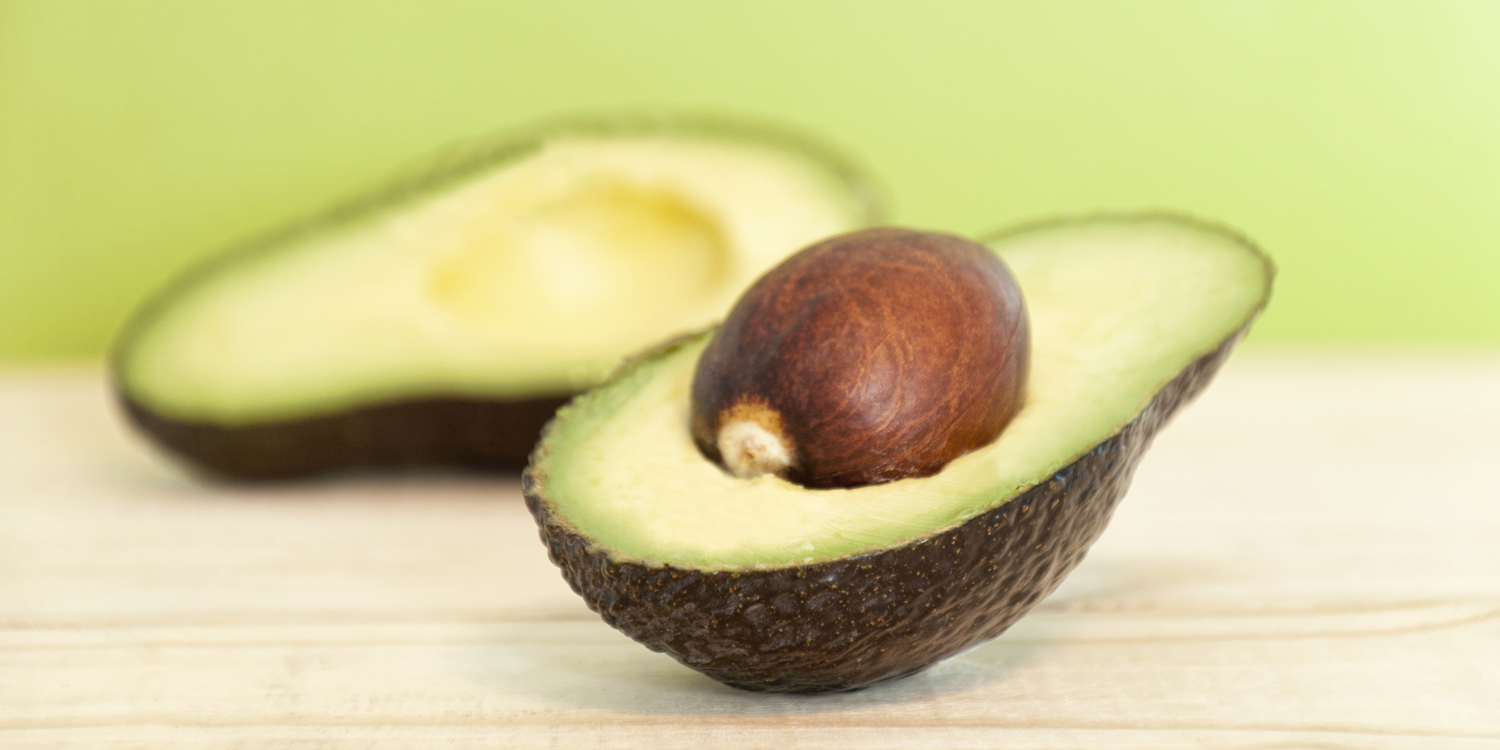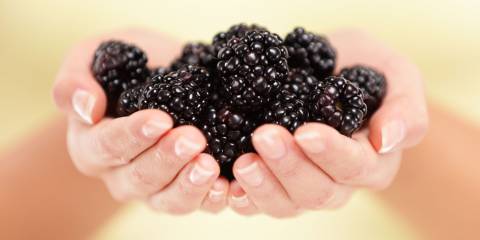It’s the Bs that help our bodies grow, develop, and stay well.
If you are anemic or a vegetarian, you may be at risk for low levels of the B vitamins. Deficiencies can cause tiredness, loss of appetite, and poor growth in children. Eating a well-balanced meal that includes meat or seafood, dairy, leafy greens, and whole grains will help you obtain the Bs necessary for growth and development.
Natural Food Sources of B Vitamins
-
B1 (Thiamine)
Key benefits: Helps the body produce energy and supports muscle, nerve, and heart health.
Great food source: Wheat germ cereal
The details: One cup contains 4.47 milligrams (mg), or 406% of the recommended daily intake (RDA) for adults (1.1 mg)
-
B2 (Riboflavin)
Key benefits: Helps keep the skin, nervous system, and digestive systems healthy. May reduce incidence of cataracts.
Great food source: Nonfat milk
The details: One cup contains 0.34 mg, or 31% of the RDA (1.1 mg)
-
B3 (Niacin)
Key benefits: Assists energy production in cells. Associated with decreased incidence of mouth, throat, and esophageal cancers. Used to lower cholesterol. May help slow progression of HIV.
Great food source: Skinless chicken
The details: 3 oz contains 7.3 mg, or 52% of the RDA (14 mg)
-
B5 (Pantothenic acid)
Key benefits: Supports growth and development. Oral and topical use has been shown to heal wounds more quickly. A derivative called pantethine is used in Europe and Japan to lower cholesterol. Deficiency is rare.
Great food source: Avocado
The details: One avocado contains 1.99 mg, or 40% of the RDA (5 mg)
-
B6
Key benefits: Involved in over 100 enzyme reactions related to metabolism, including the breakdown of protein. Contributes to brain development in utero and infancy. Helps immune function. May reduce PMS symptoms.
Great food source: Banana
The details: One medium banana contains 0.43 mg, or 33% of the RDA (1.3 mg)
-
B7 (Biotin)
Key benefits: Helps break down protein and carbohydrates. Helps the body make hormones. Supports healthy development in utero.
Great food source: Liver, cooked
The details: 3 oz contains 27-35 micrograms, or about 100% of the RDA (30 micrograms)
-
B9 (Folic acid)
Key benefits: Helps prevent neural tube defects in utero. Associated with a decrease risk for Alzheimer’s disease and other forms of dementia. Required for synthesis of DNA.
Great food source: Lentils
The details: A half cup contains 179 micrograms, or 60% of the RDA 300 micrograms
-
B12
Key benefits: Plays a role in growth and development. Helps regulate homocysteine, which, in elevated levels, increases the risk of cardiovascular diseases. May help ease depression. Helps folate do DNA repair. Lowers cancer risk. Like folic acid, it’s associated with lowering risk of neural tube defects.
Great food source: Clams, steamed
The details: 3 oz contains 84 micrograms, or 3,500% of the RDA (2.4 micrograms)





